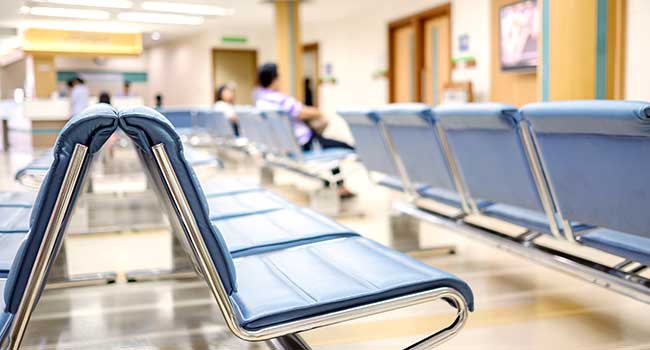
N.Y. Hospital Implements Visitor Management Program
Beginning Wednesday, security officers were stationed at all entrances to help guide visitors to the appropriate areas. Security at the facility is also limiting entrance to the hospital to three locations and the Emergency Department.
Glen Falls Hospital in Glen Falls, New York, is implementing new security policies to ensure patient safety at the hospital. The new security procedures, which will be rolled out over the next month, include visitor management policies and limiting entrances to the facility.
Beginning Wednesday, security officers were stationed at all entrances to help guide visitors to the appropriate areas. Security at the facility is also limiting entrance to the hospital to three locations and the Emergency Department.
In addition to securing doors, Glen Falls Hospital is also implementing a system where visitors must wear stickers with their name, photo, and destination within the hospital. To enter the building, visitors must show ID or give their name at the main entrance and receive a printed visitor’s badge.
After 24 hours, the ink on the printed visitor’s badges fades and the word VOID appears to indicate that hospital staff should direct the visitor back to an entrance to receive a new visitor badge. The goal is to prevent people with no reason to be in the facility from wandering the halls.
“This program will improve the security at Glens Falls Hospital,” said Paul Scimeca, Chief Operating Officer. “We need to ensure that our patients are receiving the highest quality of care in the safest environment and the Visitor Management Program will allow us to further protect and welcome everyone who visits our campus.”